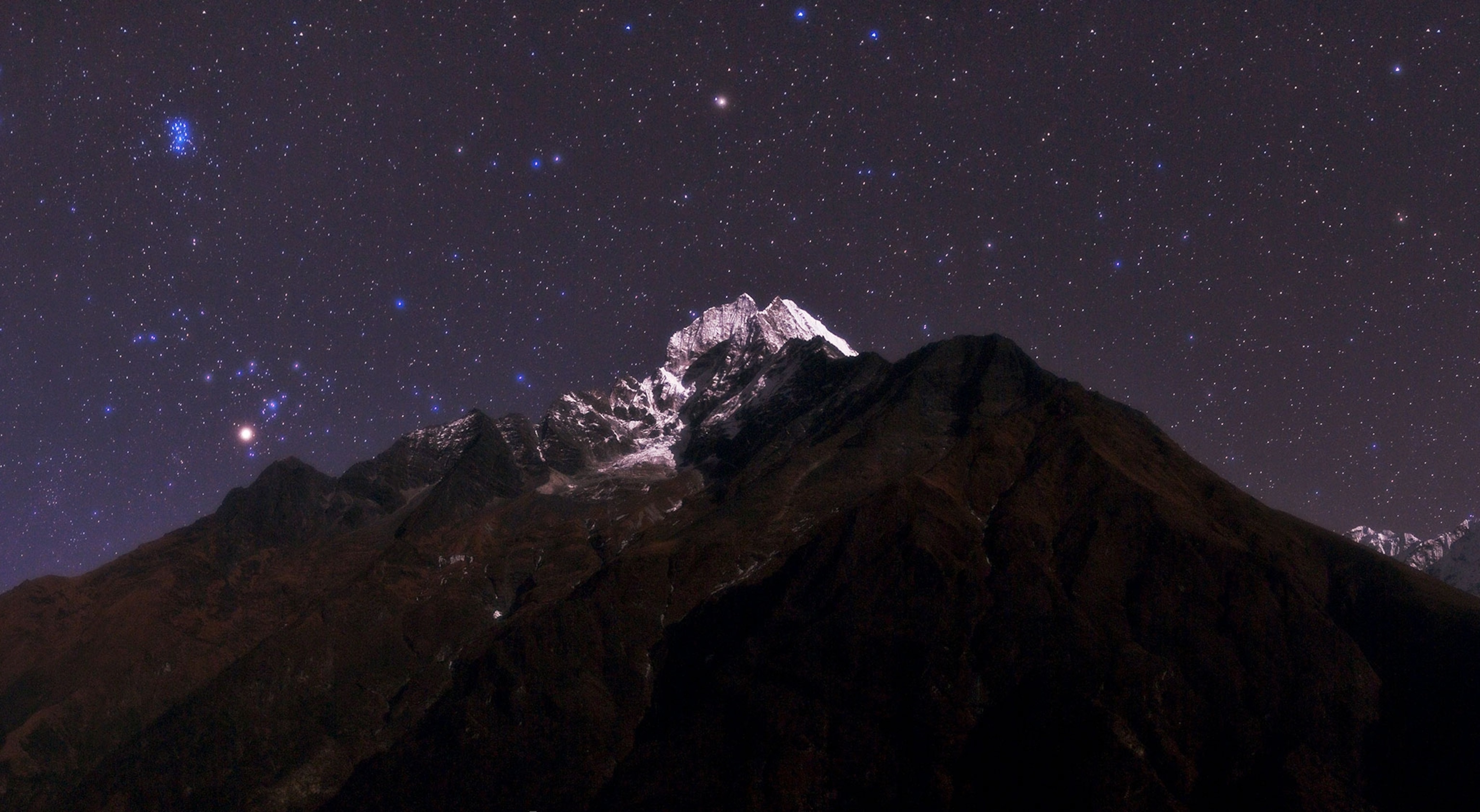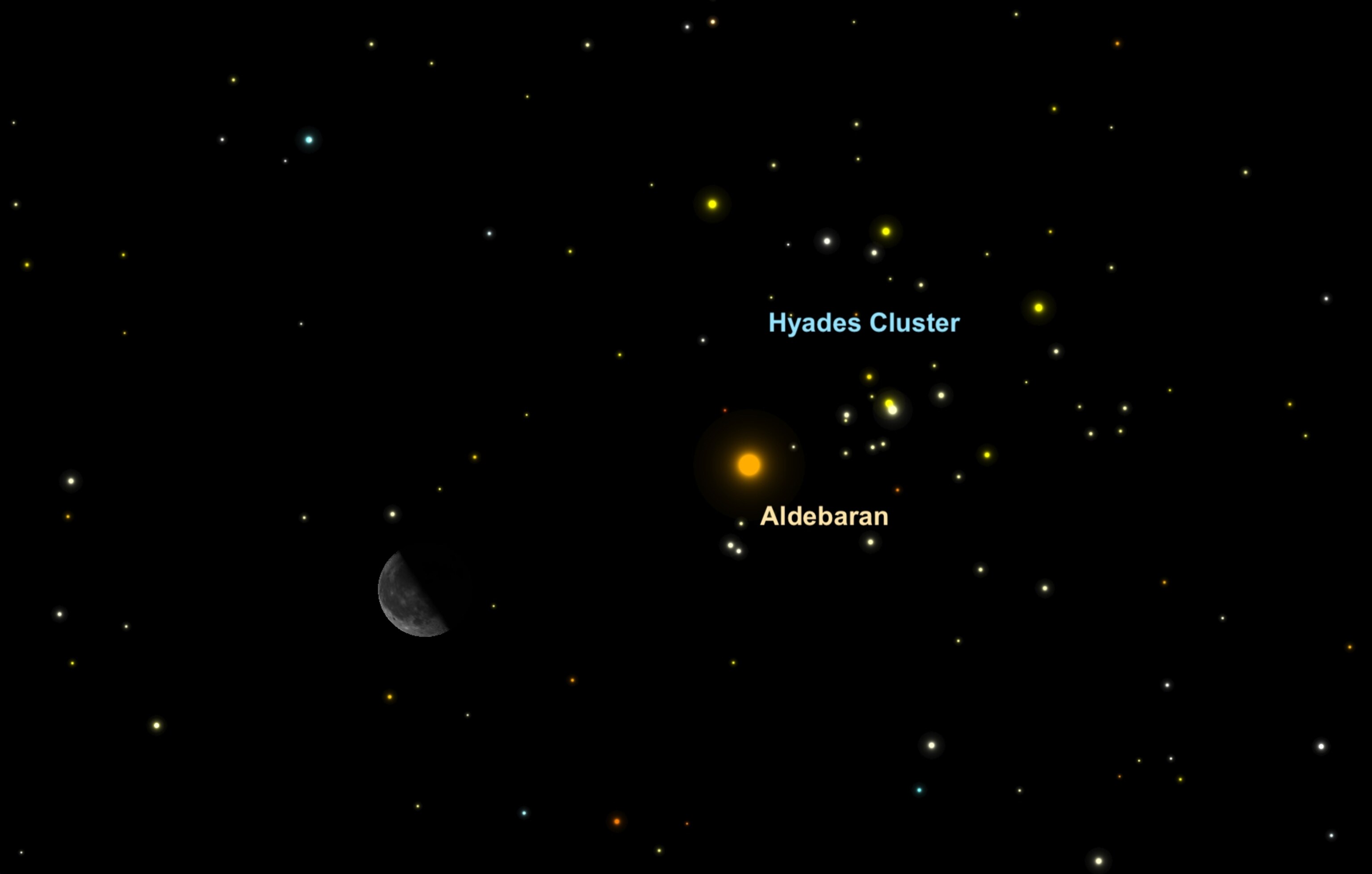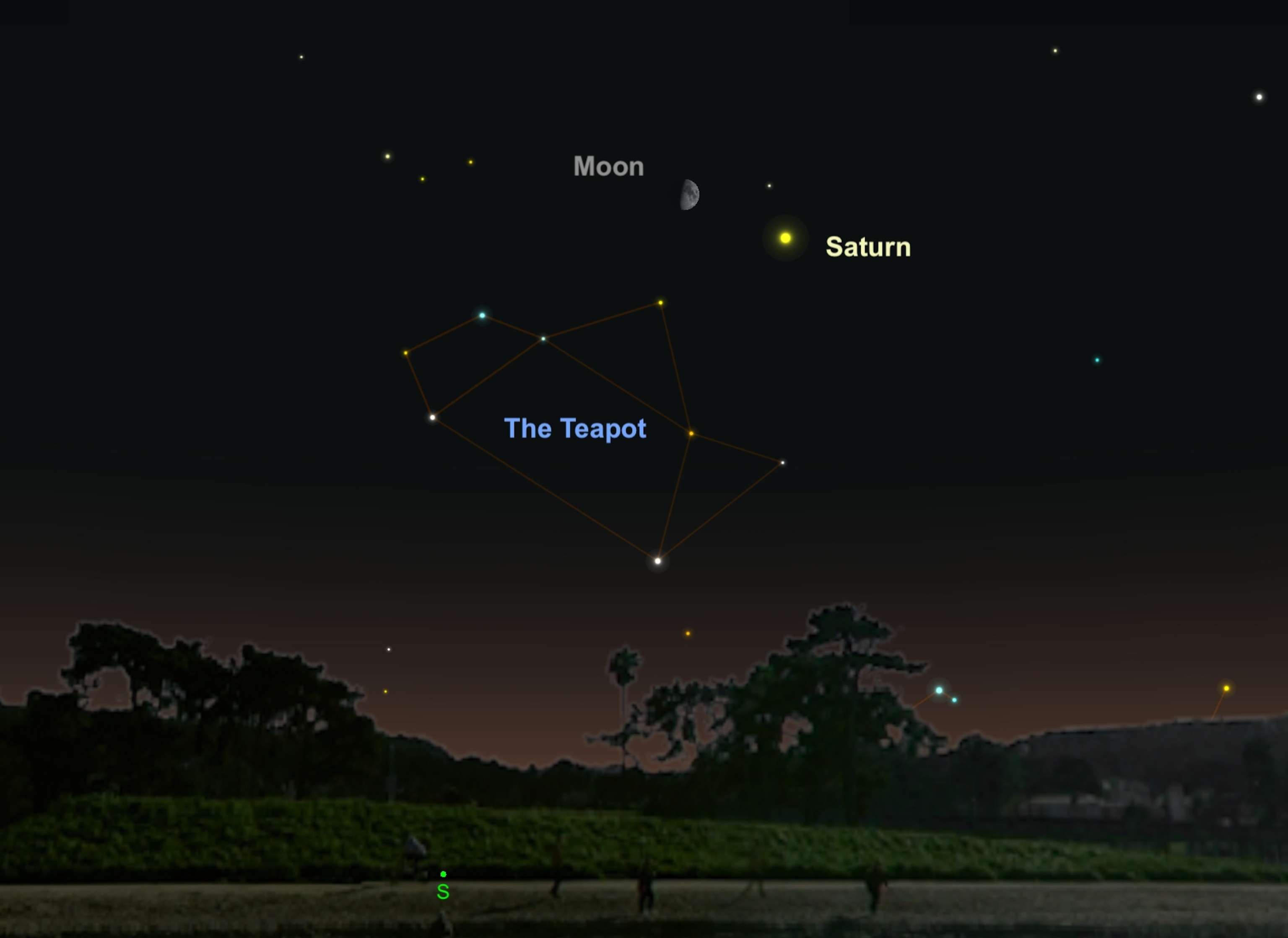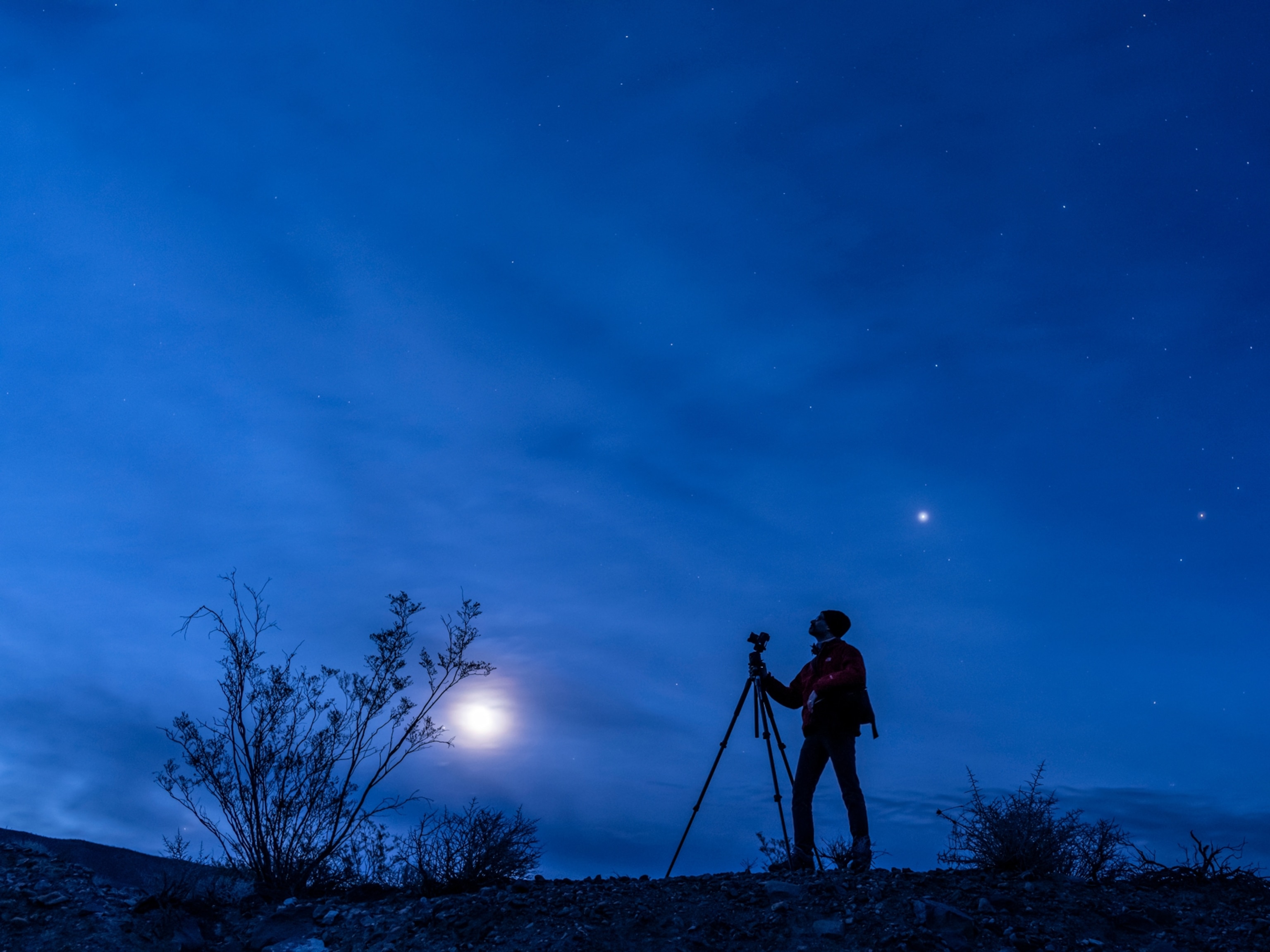
Red Bull's Eye, and More Can't-Miss Sky Events in September
Planets on parade, eerie lights, and a change of seasons await sky-watchers this month.
As Northern Hemisphere nights begin to lengthen in September, sky watchers will get great views of our neighboring worlds from dusk to dawn. Venus will sink closer to the sun but grow even brighter, while the brilliant gas giants Jupiter and Saturn will dominate the southern skies. And both hemispheres will be heralding a change of seasons with the arrival of the equinox.
So dust off those binoculars, and get set to explore the night this month.
Venus Meets Spica—September 1

A half hour after local sunset, look toward the low western sky for a strikingly close pairing of two brilliant points of light, Venus and Spica. The second-closest planet to the sun and the brightest star of the constellation Virgo will appear to be only one degree apart, about equal to the width of two lunar disks. Binoculars will help cut through the glow of sunset and make the pair really pop.
Moon Meets Bull’s Eye—September 3

Just before dawn, look high in the eastern sky for the crescent moon parked next to the red giant star Aldebaran, the lead member of the constellation Taurus. Using binoculars, you should also be able to pick out the distinct V shape of the Hyades star cluster near Aldebaran.
Zodiacal Lights—September 5
With near moonless skies in the predawn hours, the next two weeks mark the best chance for Northern Hemisphere observers to catch the elusive glow of the zodiacal lights.
In dark regions far from city lights, look for a pyramid-shaped glow fainter than the Milky Way rising above the eastern horizon before sunrise. This ethereal light is caused by sunlight reflecting off countless dust particles scattered between the planets along the plane of the solar system.
Moon Next to Jupiter—September 13
As night falls, gaze toward the low southwestern sky for a setting crescent moon to be joined by the brilliant planet Jupiter. Both celestial objects will appear to set below the horizon by 10 p.m. local time.
Moon Joins Saturn—September 17

As dusk sets in, the waxing gibbous moon will appear perched above golden-hued Saturn high above the southern sky. Keen-eyed stargazers will also be able to spy the familiar pattern of stars known as the Teapot, part of the constellation Sagittarius, below the shining pair.
September Equinox—September 22
This year’s September equinox occurs at 9:54 p.m. ET, officially marking the start of fall in the Northern Hemisphere and the start of spring in the south. The word “equinox” comes from the Latin for “equal night” and refers to the even split between the length of day and night that occurs on this particular day of the year. Fall and spring equinoxes are also the only days when the sun rises due east and sets due west.
The September equinox marks one of the four major turning points in the cycle of the seasons. The Earth spins on an axis that is tilted 23.5 degrees with respect to its orbital path around the sun. When more of the Northern Hemisphere is tilted closer to the sun, it experiences summer, while the Southern Hemisphere gets winter’s chill, and vice versa. Equinox days mark the transition into spring or fall.
Pegasus Rising—September 30

Look toward the low northeast sky for the giant constellation Pegasus, the flying horse. The winged steed is the seventh largest constellation in the entire sky, and it’s easy to track down thanks to four brilliant stars that mark out the giant square that forms the body of the beast.
From our perspective on Earth’s surface, this boxy piece of celestial real estate is large enough to contain more than 30 full moons side by side. And while each corner star is only moderately bright to the naked eye, they’re relatively easy to locate because there are no stars in this area of sky that are as luminous.
Clear skies!















